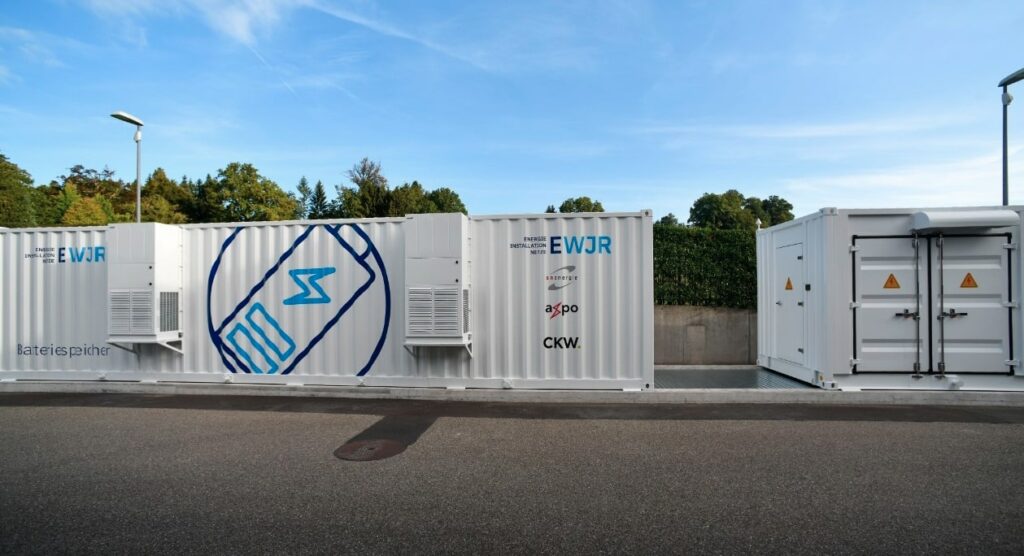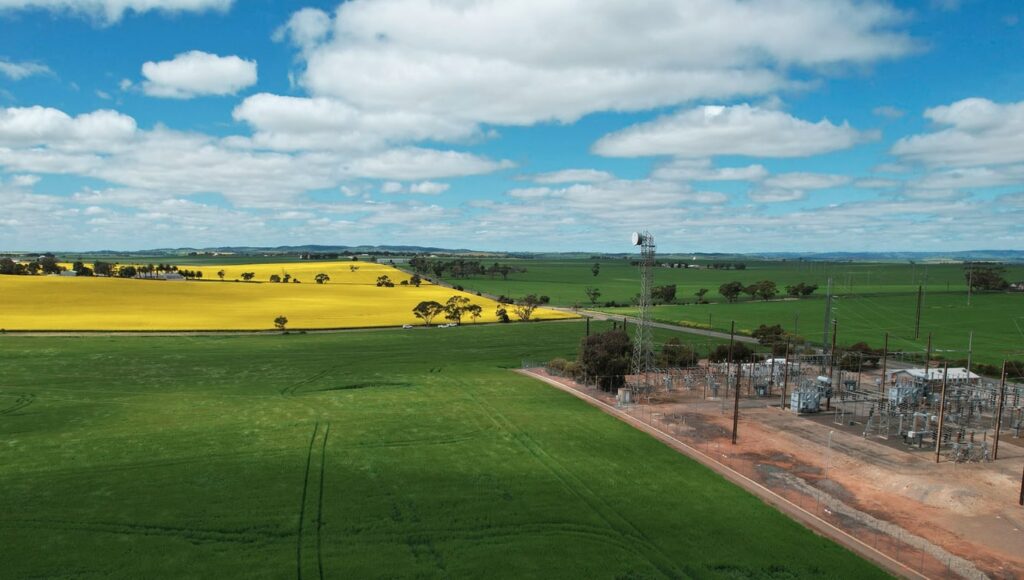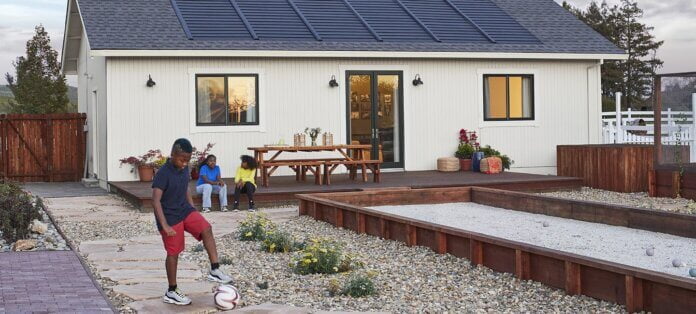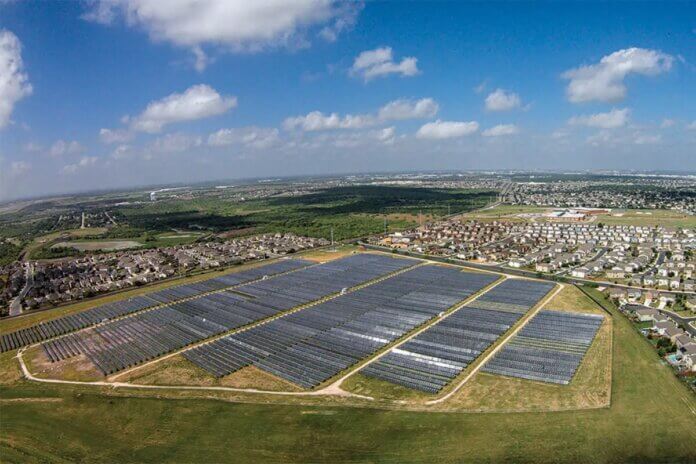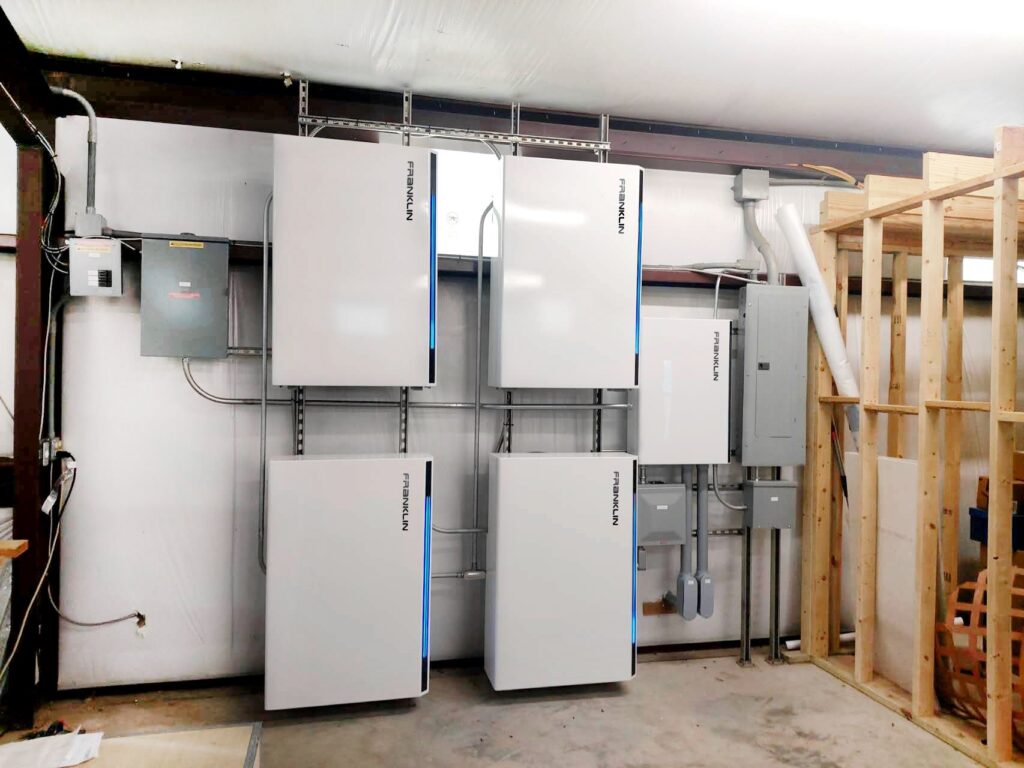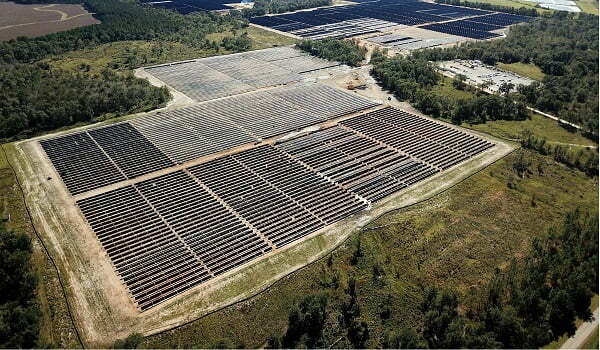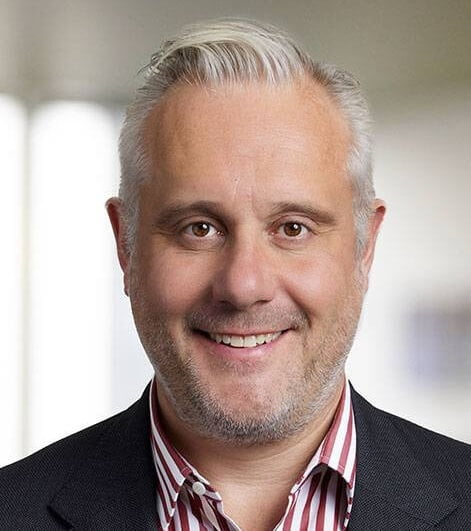Franklin Whole Home (FranklinWH) battery storage units. The startup is among Sunnova’s battery partners. Image: FranklinWH via Twitter.
This edition of news in brief from around the world in energy storage focuses on virtual power plant action in the US.
Sunnova leverages virtual power plant to offer ‘lowest rate’ energy in ERCOT
Residential solar PV provider Sunnova has launched an “Adaptive Retail” energy plan in the Texas ERCOT market through a new partnership.
Pairing up with distributed energy resources (DERs) software platform company David Energy, the new plan promises that customers will get the lowest retail energy rates available.
It will do this by aggregating the capacity of customers’ home solar and battery storage systems into a virtual power plant (VPP), dispatching the stored energy into wholesale markets as well as accessing demand response opportunities and ERCOT’s ancillary services markets for grid balancing.
That means the fleet of home DERs can participate flexibly into those markets, adapting to the changing conditions of the network as required.
“By combining a retail energy plan with software that connects to a broad range of devices many customers already have, David Energy’s platform can turn Texans’ homes into power plants. The potential to bring hundreds of megawatts of much needed flexible capacity to ERCOT via these VPPs in the near future is very real,” David Energy CEO and co-founder James McGinniss said.
Sunverge, Evergy try out VPP in Missouri
VPP and DERs aggregation specialist Sunverge is taking part in a pilot with utility Evergy to explore the benefits of home storage systems in Missouri, US.
The pilot programme will look at both the utility and customer perspectives, exploring “new and innovative ways to manage energy effectively and efficiently,” according to Evergy manager of operations technology Chad Carsten Sr.
Evergy is an investor-owned utility (IOU) serving 1.7 million customers in Missouri and Kentucky. Its pilot with Sunverge will see 50 homes enrolled and is due to go live in the first half of this year.
Sunverge’s DERs control, dispatch and aggregation platform will be used to provide peak demand reduction, load levelling, whole home backup, distribution feeder management, ancillary services like frequency regulation and voltage support, and other services like renewable energy smoothing to the grid.
For customers, it could enable them to reduce their energy bills, add backup to their home loads and to generate energy for themselves using solar PV.
“The combination of real-time dynamic load flexibility and aggregated grid services is a powerful tool for utilities like Evergy that are planning for the grid of the future and integrating the growth of DERs. The result will be a more resilient, more flexible, and cleaner electric grid,” Sunverge CEO Martin Milani said.
Sunverge is considered something of a home energy storage VPP pioneer, delivering the first VPP to bid into the PJM wholesale market through a pilot in Maryland and partnering with EV charging providers. CEO Milani outlined many of the benefits and opportunities for VPPs, as well as the challenges and barriers to market entry, in a wide-ranging two-part interview with this site in 2020.
Winter Storm Elliott is evidence VPPs have a vital role to play, says Voltus
The capabilities of VPPs were in evidence during the recent Winter Storm Elliott, according to another distributed energy resource platform and virtual power plant provider.
Voltus, which has VPP programmes aggregating fleets of commercial and industrial (C&I) DERs, rather than residential, said that 11.6GWh of load relief to the grid in the US and Canada was delivered from its portfolios.
This included responding to the Emergency Load Response Program (ELRP) in the PJM Interconnection market that spans portions or all of 11 different Eastern US states. It was the first time ELRP has been called on since 2014.
Roughly 57GW of generation shortfall was registered against demand as it peaked on the morning of 24 December, as conventional thermal power plants struggled to cope with the harsh weather conditions.
Voltus urged the 12 US states that have effectively “banned” VPPs, as the company described it, to rethink their position, and noted that while the resources in the VPP portfolios come from C&I customers, ultimately all grid users, including households, benefit from their use.
Energy-Storage.news’ publisher Solar Media will host the 5th Energy Storage Summit USA, 28-29 March 2023 in Austin, Texas. Featuring a packed programme of panels, presentations and fireside chats from industry leaders focusing on accelerating the market for energy storage across the country. For more information, go to the website.
Continue reading

